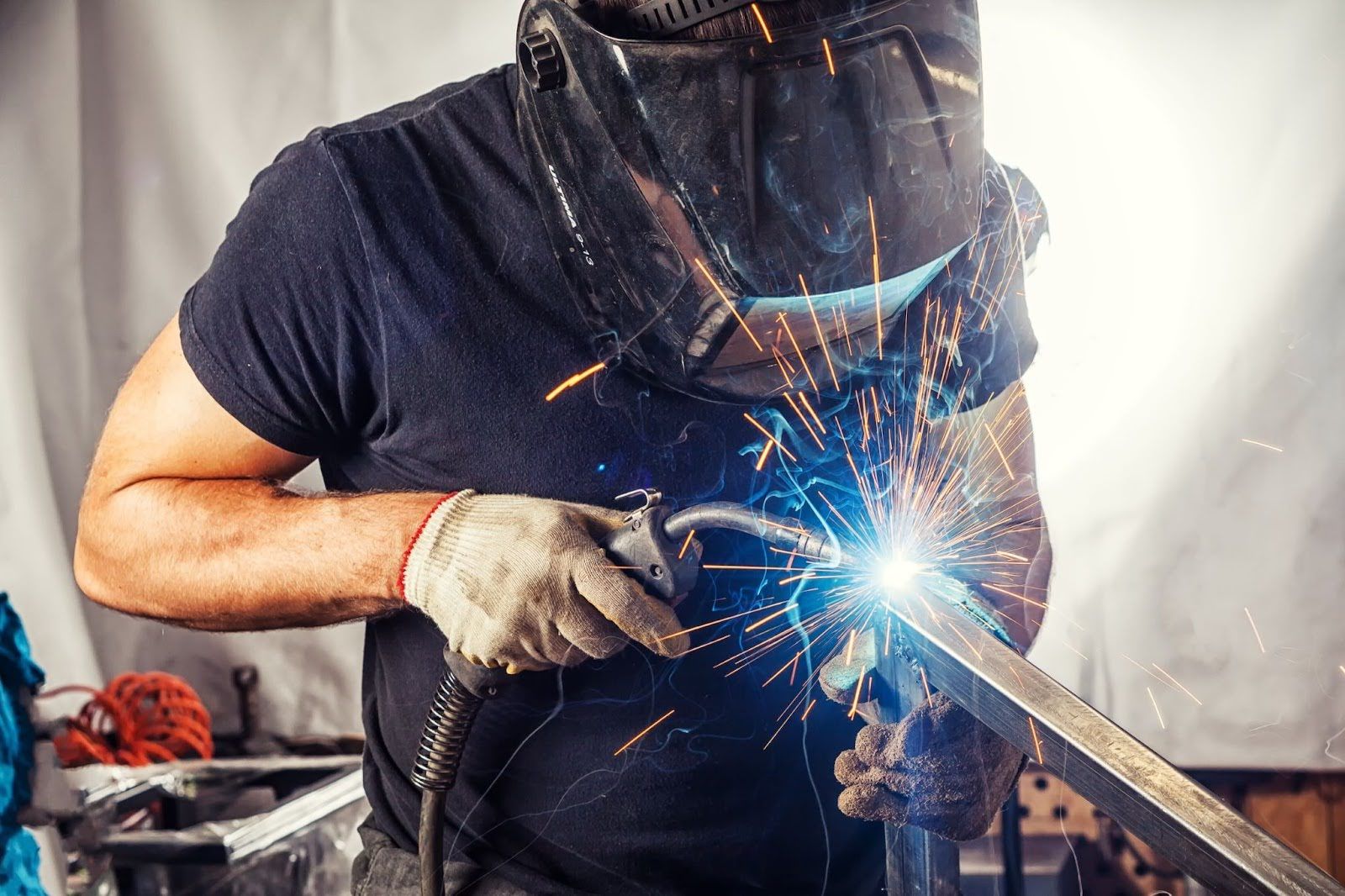Exactly How to Avoid Weld Undercut: Essential Tips for Welders
Exactly How to Avoid Weld Undercut: Essential Tips for Welders
Blog Article
Recognizing the Causes and Solutions for Undercut Welding in Steel Fabrication Procedures
In the world of steel manufacture processes, the incident of undercut welding presents a considerable challenge that requires a thorough understanding of its causes and viable options. The detailed interaction of various variables during welding operations can lead to this unfavorable phenomenon, affecting the structural honesty and general high quality of the welded joints - Preventing weld undercut. By studying the origin of undercut welding and checking out reliable remedial procedures, makers can boost the standard of their workmanship and guarantee the manufacturing of perfect steel parts
Common Root Causes Of Undercut Welding
Frequently forgotten in metal construction, undercut welding takes place due to different variables that require careful focus and expertise to be successfully alleviated. Furthermore, incorrect welding techniques, such as utilizing the incorrect welding angle or take a trip speed, can also contribute to undercut formation. The option of welding criteria, such as voltage, present, and cable feed rate, plays a considerable function in the incident of undercut welding.
Effect of Incorrect Welding Parameters
Inaccurate welding specifications can significantly compromise the honesty and top quality of welded joints in metal manufacture processes. The influence of wrong welding parameters manifests in numerous ways, leading to architectural weaknesses and defects in the bonded components. Thorough interest to welding parameters is extremely important to make sure the production of high-quality welds with the desired mechanical buildings and architectural honesty.
Result of Improper Torch Angle
Inappropriate lantern angle in welding procedures can significantly affect the top quality and integrity of the last weld joints in metal fabrication procedures. The lantern angle plays a critical function in figuring out the warmth input and circulation throughout welding. When the lantern angle is wrong, issues such as damaging can arise. Undercutting is a common welding defect where a groove forms along the weld toe, deteriorating the joint and compromising its structural integrity.
A lantern angle that is also high can bring about not enough penetration, insufficient blend, and enhanced spatter. On the other hand, a lantern angle that is also shallow can cause excessive infiltration, burn-through, and distortion of the base product. Preventing weld undercut. Proper lantern angle is necessary for guaranteeing consistent weld quality, stamina, and look
To stop undercutting and other defects triggered by inappropriate torch angles, welders need to be trained to maintain the right lantern angle throughout the welding process. Normal monitoring and adjustment of torch angles during this page welding can assist attain audio welds with marginal problems.
Function of Inadequate Welding Techniques

An additional aspect of insufficient welding strategies is improper weld preparation. Insufficient cleansing of the base metals, wrong joint design, or not enough side prep work can all add to damage welding. Poor securing gas protection or making use of the wrong type of gas can result in incomplete combination and the formation of undercut flaws.
To attend to the function of inadequate welding strategies in steel fabrication procedures, it is necessary to provide thorough training for welders. Appropriate education and learning on welding parameters, joint preparation, and protecting gas choice can help avoid undercut welding and ensure top quality welds in metal manufacture tasks.
Efficient Solutions for Undercut Welding
Dealing with undercut welding in steel fabrication requires executing effective services to improve weld high quality and architectural stability. One of the main services to combat undercut is to change welding criteria such as voltage, existing, and take a trip speed to ensure appropriate heat input and combination. By fine-tuning these setups, welders can prevent too much melting of the base metal and filler product, minimizing the possibility of additional resources undercut development.
Furthermore, appropriate joint prep work is essential in avoiding undercut. Making sure tidy base metal surfaces complimentary of contaminants and using the ideal bevel angle can help advertise better weld penetration and reduce the threat of undercut - Preventing weld undercut. Using appropriate welding techniques, such as oscillating the lantern or weaving, my site can additionally help in distributing warmth uniformly and filling up the weld joint effectively, reducing the possibility of undercut issues
In addition, picking the right welding consumables, consisting of electrodes and filler metals, is necessary in mitigating undercut. Utilizing products with proper chemical compositions and mechanical residential properties can add to attaining audio welds with minimal undercut. Routine evaluation and quality assurance actions must also be implemented to find and deal with undercut concerns quickly, making sure the overall stability of produced metal elements.

Conclusion
In verdict, comprehending the causes and solutions for undercut welding in metal fabrication processes is important for accomplishing high-grade welds. By addressing common reasons such as incorrect welding parameters, inappropriate lantern angle, and poor welding techniques, welders can avoid undercutting and make certain strong, resilient welds. It is essential to pay focus to these factors and apply reliable services to improve the general welding procedure and final item high quality.

Report this page